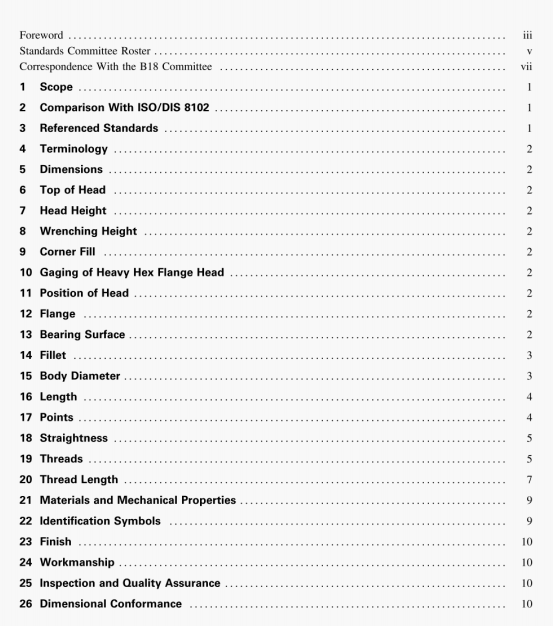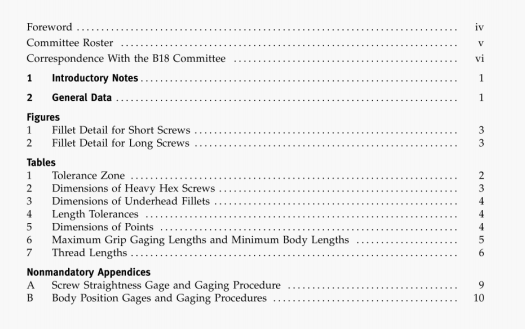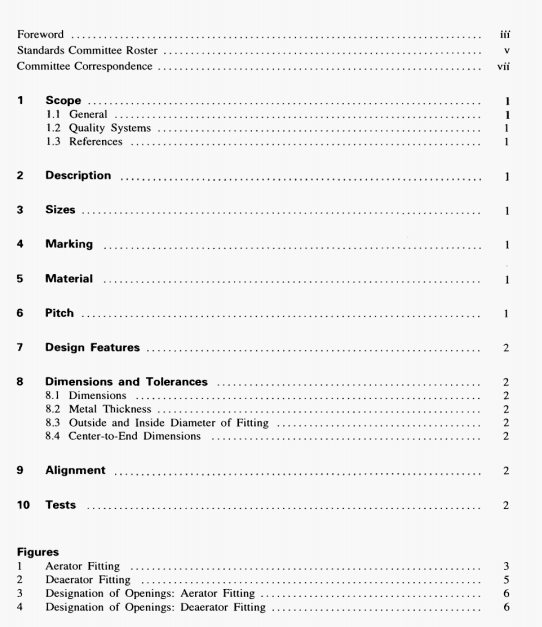Abstract: ASME A112.1016:2011 pdf download.Performance requirements for automatic compensating valves for individual showers and tub/shower combinations. 4.8.3 Failure criteria When tested in accordance with Section 48.2. the device shall be rejected...
ASME A112.1016:2011 pdf download.Performance requirements for automatic compensating valves for individual showers and tub/shower combinations.
4.8.3 Failure criteria
When tested in accordance with Section 48.2. the device shall be rejected if
(a) the outlet temperature measured in Section 4.8.2(i) e*ceeds the outlet temperature recorded in Section 4.8.2(g) by 2.0 °C (3.6°F); or
(b) there are any observable fractures in the limit stop.
4.9 Outlet temperature and flow capacity test
4.9.1 Purpose
The purpose of the outlet temperature and flow capacity test Is to determine compliance with the design
requirements of Sections 3.3 and 3.5.
s 4.9.2 Procedure for all devices (see Figure 1)
The outlet temperature and flow capacity test shall be Londucted as follows:
(a) Set up the specimen as shown in Figure 1, with valves Vi, V2, and V3 In the fully open position.
(b) Set the hot and cold water supply pressures directly upstream of the inlet connections to 310.3 ± 13.8 kPa
(45.0 ± 2.0 psi), as measured by gauges G1 and G2.
(C) After the hot water and cold water inlet temperatures are established in Items (e) (1) to (lv), maintain these inlet temperatures within ±1.0 °C (±2.0°F) without exceeding the limits specified In Items (e) (I) to (Iv).
(d) Adjust valve V3 so that the device delivers 9.5 ± 1.0 [1mm (2.5 ± 0.3 gpm) and maintain the conditions established in Items (b) to (d), or if the manufacturer’s minimum rated flow is less than 9.5 ± 1.0 L/min (2.5 ± 0.3 gpm) adjust valve V3 to the manufacturer’s minimum rated flow +1.0, -.0.0 [1mm (+0.3, -0.0 gpm) and maintain the conditions established In Items (b) to (d).
Note: Adjustments in Items (b) to (d) are on iteratwe process.
(e) The temperature limit stop and the valve V3 may be readjusted to conduct the following tests:
(b) Set the cold inlet temperature to 10.0± 2.8°C (50.0 ± 5.0°F) and the hot inlet temperature to 48.9 +0.0, -2.8 °C (120.0 ÷0.0, —5.0°F). Set the device to the full cold position and then adjust the device to an outlet temperature of 37.8 ÷2.8, —0°C (100.0 +5.0, —0°F). Flow for 1 mm and record the outlet temperature and flow.
(ii) Set the cold inlet temperature to 10.0 ± 2.8 °C (50,0 ± 5.0°F) and the hot inlet temperature to 82.2 ÷0.0, —6.0 °C (180.0+0.0, —10.0°F). Set the device to the full cold position and then adjust the device to an
outlet temperature of 37.8 ÷2.8, -0°C (100.0+5.0, —0°F). Flow for 1 mm and record the outlet temperature and
flow. Set the temperature limit stop to a maximum outlet temperature of 48.9 °C (120.0°F). Set the device at the full hot position, flow for 1 mm, and record the outlet temperature.
Recommended:
ASME A112.1.2:2012 pdf download ASME 14414:2015 pdf download ASME 30.9:2021 pdf download ASME Y14.1-2020 pdf download



